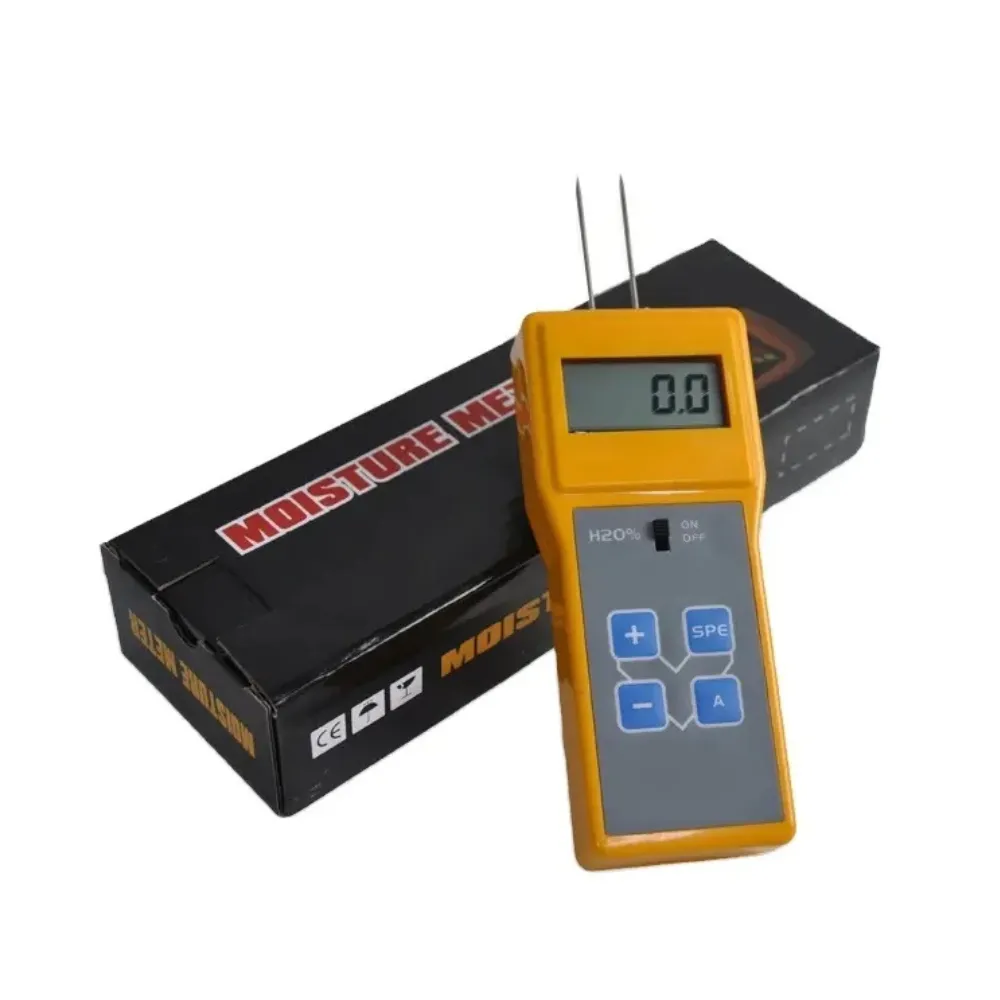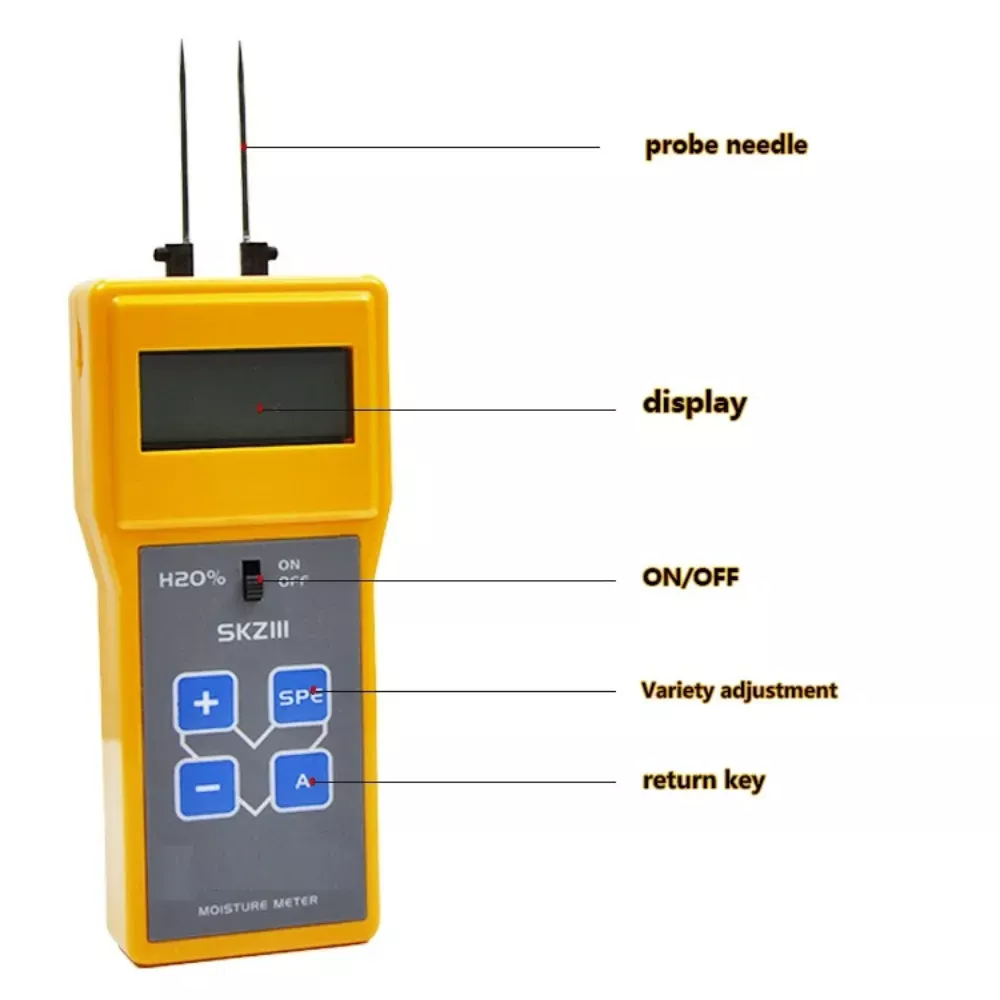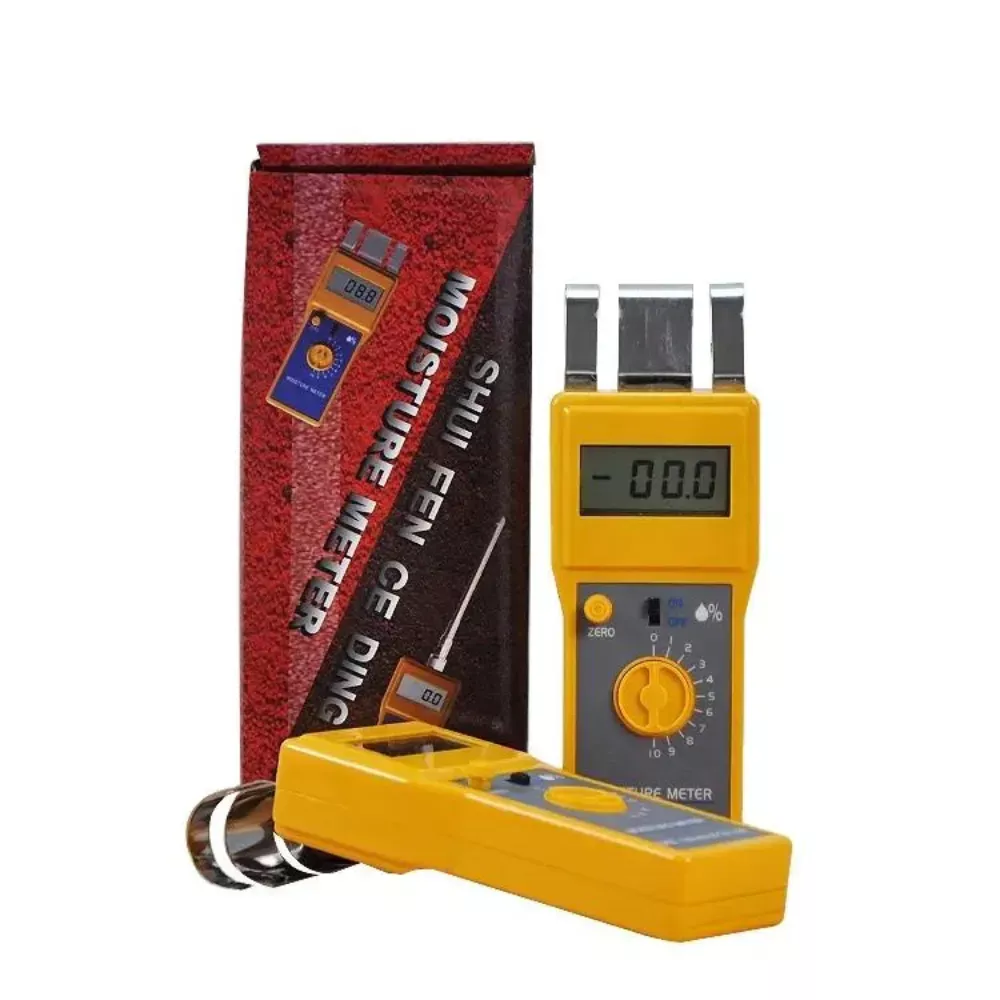
The Science Behind Food Moisture Meters
Table of Contents
The Importance of Food Moisture Meters
Food moisture meters are essential tools in the food industry, as they help maintain the quality and safety of food products. These devices measure the moisture content in food, which is crucial for determining the shelf life, texture, and overall quality of the product. In this article, we will explore the science behind Food moisture meters and how they work.
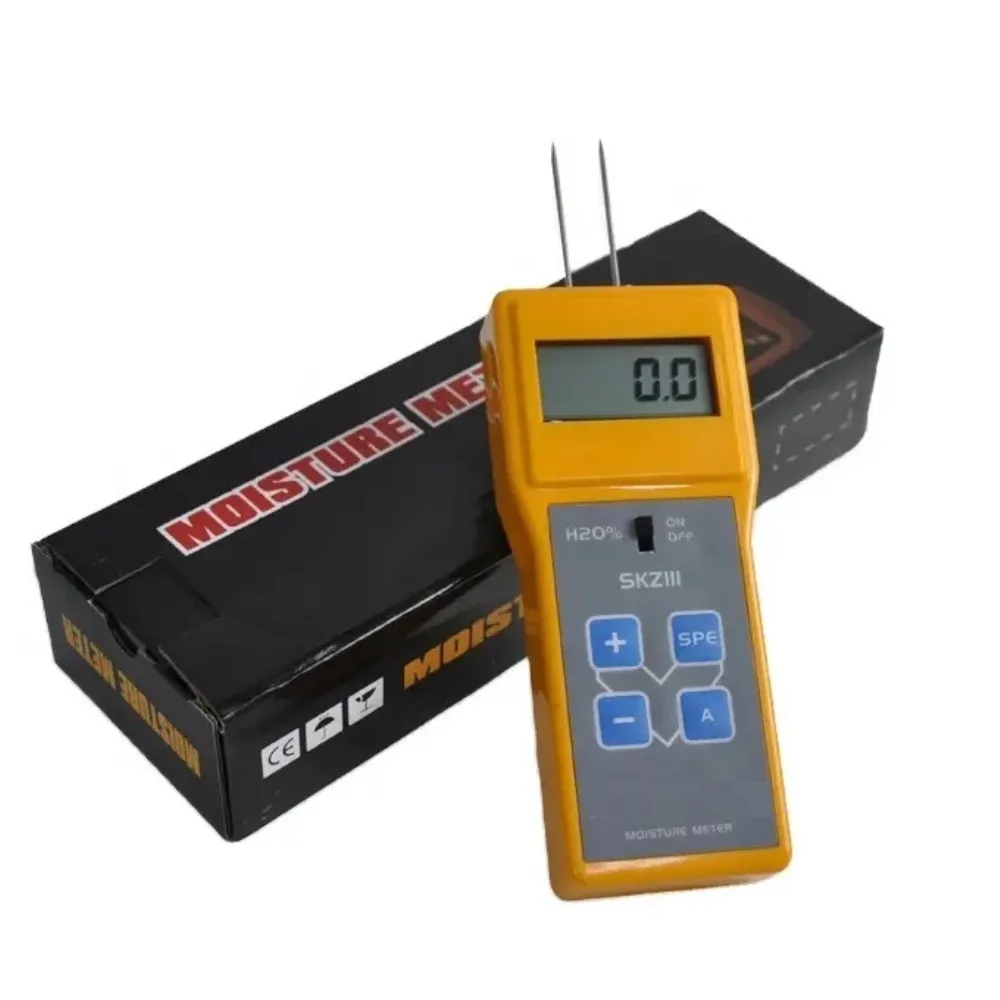
The Principle of Dielectric Analysis
Food moisture meters operate on the principle of dielectric analysis, which involves measuring the dielectric constant of a material. The dielectric constant is a measure of a material’s ability to store electrical energy, and it is influenced by the material’s moisture content. When an electric field is applied to a material, the water molecules in the material align with the field, causing a change in the material’s dielectric constant. This change can be measured and used to determine the moisture content of the material.
Types of Food Moisture Meters
There are two main types of Food moisture meters: the pin-type and the pinless-type. The pin-type meter consists of two metal probes that are inserted into the food sample. The probes create an electric field, and the change in the dielectric constant is measured to determine the moisture content. The pinless-type meter, on the other hand, uses a non-contact method to measure the moisture content. It emits an electromagnetic wave that penetrates the food sample, and the change in the wave’s amplitude is used to calculate the moisture content.
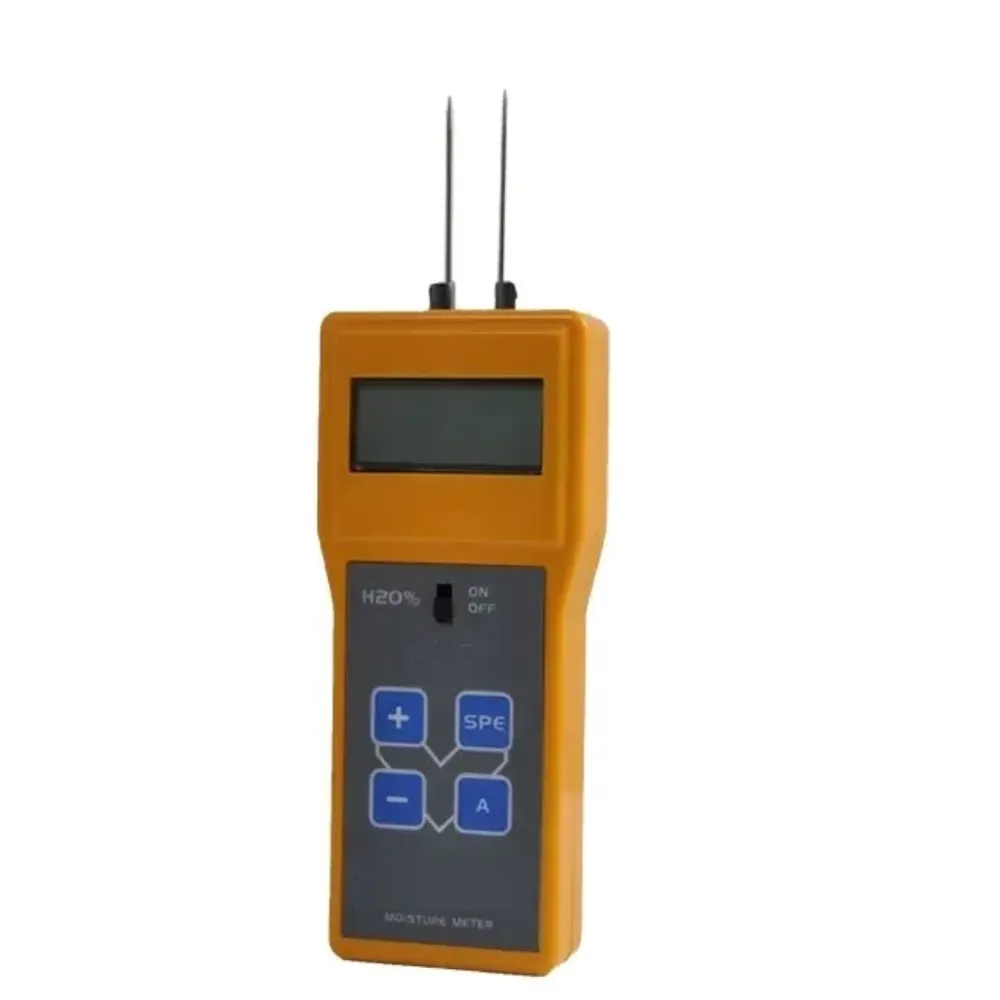
Ensuring Accurate Measurements
Food moisture meters are designed to provide accurate and reliable measurements, even in the presence of various factors that can affect the measurement, such as temperature, salt content, and fat content. To ensure accurate measurements, it is essential to calibrate the meter regularly and follow the manufacturer’s guidelines for proper use.
Monitoring the Drying Process
In addition to measuring the moisture content of food, Food moisture meters can also be used to monitor the drying process in food production. By continuously monitoring the moisture content during the drying process, food manufacturers can ensure that the food is dried to the desired level, which is crucial for maintaining the quality and safety of the product.
Research and Development Applications
Food moisture meters are also used in research and development to optimize food formulations and processing conditions. By understanding the relationship between moisture content and food quality, food scientists can develop new products with improved shelf life and texture.
Conclusion
In conclusion, Food moisture meters are essential tools in the food industry, as they help maintain the quality and safety of food products. By measuring the moisture content of food, these devices provide valuable information about the shelf life, texture, and overall quality of the product. With their ability to accurately and reliably measure moisture content, Food moisture meters are indispensable tools for food manufacturers, researchers, and quality control professionals.
Comments
Tags
Frequently Asked Question
Food moisture meters operate on the principle of dielectric analysis, which involves measuring the dielectric constant of a material.
The two main types of food moisture meters are the pin-type and the pinless-type.
Food moisture meters can be used to monitor the drying process in food production, ensuring that the food is dried to the desired level.
Calibrating a food moisture meter regularly is essential to ensure accurate measurements, as various factors such as temperature, salt content, and fat content can affect the measurement.

